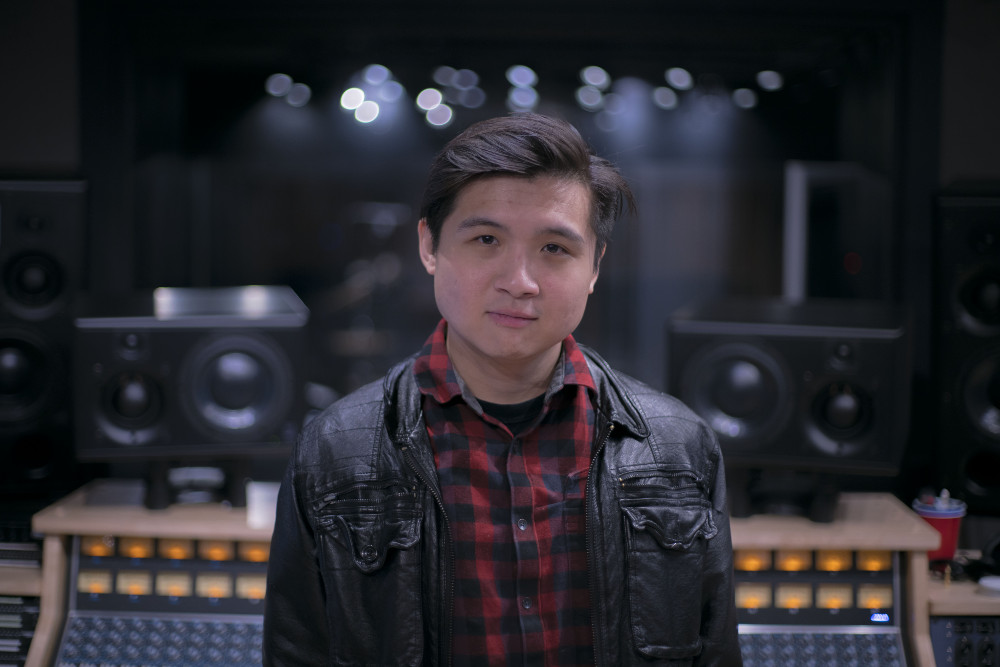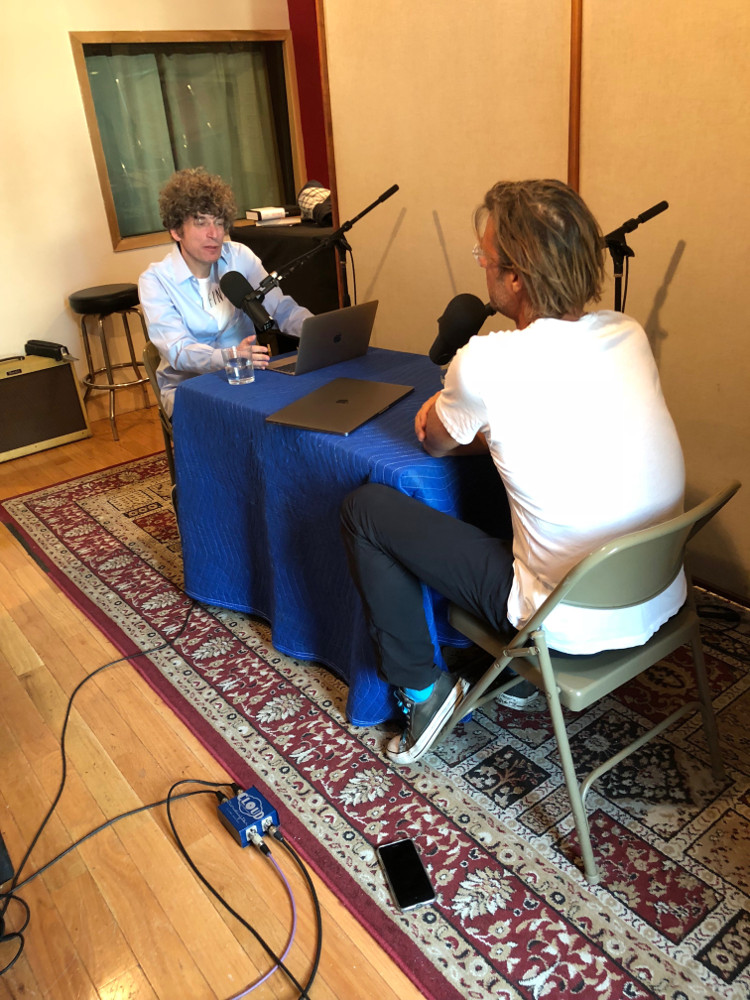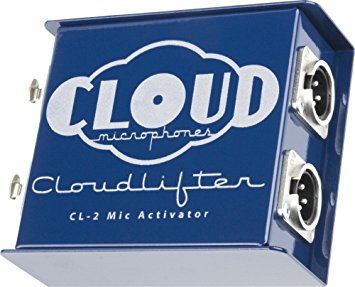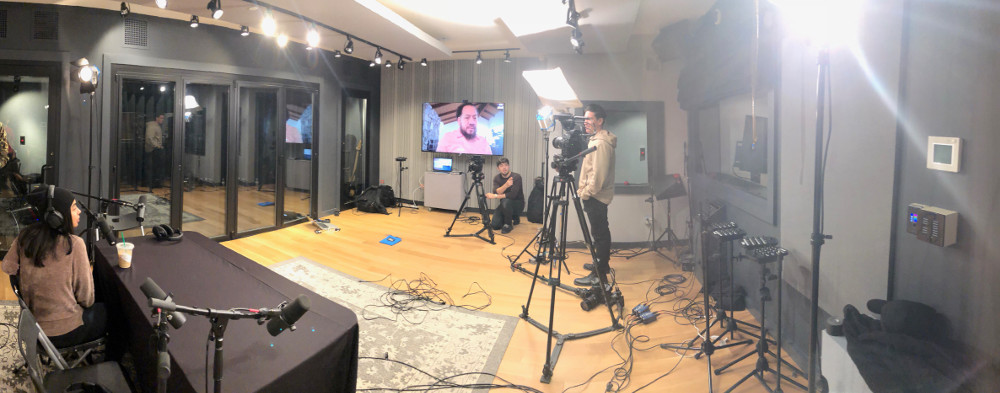Professional Podcasting: 4 Recording & Mixing Mistakes to Avoid
2018: hot on the heels of what was yet another year on the rise for podcasting.
The latest numbers for 2017, culled by Edison Research, shows that 112 million Americans have listened to a podcast, up 11% from 2016. And there are many happy returns: 67 million Americans are listening to podcasts monthly, and 42 million are listening weekly – five times more than are going to the movies.
As podcasting listenership escalates, so do the opportunities for audio engineers to record, mix, and edit podcasts. And with the increased hours of podcast production, come better audio engineering techniques for the format.

Audio engineer Jay Yow’s music and VO experience were the perfect prequel to a busy calender of podcasting.
In this edition of “Professional Podcast Sound,” we’re listening in on some mistakes to get around – balanced by killer tips and best practices from Jay Yow. He’s the recording engineer Tidal’s Rap Radar Podcast for The James Altucher Show, a top podcast from the entrepreneur/investor and author of the WSJ bestseller Choose Yourself, which is now in its 297th episode.
Yow has mad skills in recording and editing, with a big portfolio of both recording artists and voiceover work to his credit. It’s a diverse background that set him up perfectly for podcasting.
“Engineering for music and podcasting are very different,” he observes. “Music has a certain way that it’s going to go. But with podcasting, you never know what the guest will say – it’s always unpredictable. Also, music is full-spectrum, while podcasting is only within a certain frequency range, so you have to figure out a way to fill up the whole range with only voice.
“There are also ways that podcasting and music are similar. One way that they’re the same is that you’ve got to make sure that everyone is comfortable. You don’t want the podcast host or guests to be worrying about technical details, for example, ‘Does my voice sound OK? Am I the proper distance from the mic?’ You also want to make sure that the room looks great too. Although podcasting is mostly aural, it’s more and more common to have live Internet video streams as well and all the details really matter.
‘When they walk in to James Altecher’s podcast, it’s almost like a television set. You can see James’ logo on the monitor, and there’s nothing that they’re going to trip over or distract the audience visually. It’s got to be professional.”
Here are four podcasting audio pitfalls that Yow has learned to avoid from experience.
Don’t Make the Mic Too Large

The right mic can make it easier for a natural conservation to transpire between hosts like James Altacher (left) and their guests.
In a show where a host is interviewing one or more guests, sightlines matter as much as clean audio. That means the microphone’s form factor is as important a consideration as its sonic specs.
“When I first started recording podcasting sessions with James and a couple of other shows, I was using Neumann TLM 49’s,” Yow says. “Those are great mics, but when they have a pop filter or windscreen in front of them, the line of sight is blocked. People just see a huge, silver microphone in front of them, and after a while they start to raise their heads up or move around to avoid the mic so that they can see the other person.
“That’s why I go with the Shure SM 7B now. Its black, smaller and quite inconspicuous. We can adjust it however the guest wants, and it’s small enough that even when it’s right in front of the host, they’ll just forget about it. Add on the iZotope Voice De-Noise, and the signal is very clean even at higher gain settings.”
Gain the Gain
Podcasts can suffer from an avalanche of problems that start when the source is underpowered.
Yow has found the magic bullet for getting all the gain he needs into his podcasting signal path: the Cloudlifter CL-2. Made by Cloud Microphones, the Cloudlifter solves a common podcasting problem, with its ability to provide a boost of up to 25dB of ultra-clean gain to dynamic and ribbon microphones [see SonicScoop’s review of the Cloudlifter Zi here].
“I always carry a Cloudlifter with me,” confirms Yow, who uses the CL-2 stereo version to handle two mics simultaneously. “It gives the microphone’s signal so much more gain, and that’s important because it means the host and the guest don’t have to be right in front of the mic all the time, so they can be more relaxed. Basically, the Cloudlifter changes the impedance of the mic and also brings up the gain in a very clean way. Adding the Cloudlifter has helped me to be a lot more accommodating to the variety of preamps that you run into at different studios.
“When you don’t have a tool like the Cloudlifter, people can often get too close to the mic in an effort to boost what they hear in the headphones. That can create its own problem by making the sound way too bassy due to the proximity effect. However, If you pull the mic back a little bit, the voice sounds much more natural, and they forget the mic is there, which makes them more comfortable.”
The Mix Can’t Wait
Tight turnaround times are as pervasive in podcasting as they are in many other audio production fields. Yow increases his value to a project with his ability to execute live mixing.
“I always mix and print to one track live, because podcast turnaround is generally very quick and they want to send it out right away,” Yow says. “The editor might want to cut out a part, however. To provide them with maximum flexibility I deliver the live-mixed track, as well as the individual tracks.”
Yow’s workflow for live mixing depends on the studio and the outboard gear available. His preferred technique is to send the individual microphone tracks to two buss compressors, one set to a slow attack followed by another with a fast attack to achieve the most natural sound. Then he prints them into one master track that’s processed by a Pro Tools Maxim limiter.
Go Pro with the Room
Part of the allure and difficulty of podcasts is that they’re often recorded in places that weren’t built for the task – from living rooms to garages and gardens, the podcast party has spread out to any number of environments. But for a world-class podcast, Yow prefers the confines of a fully outfitted recording studio for his elite clients.
“If the room is dead, you can place them wherever you want and get a much cleaner capture,” he notes. “There will be less bleed between the microphones, and less room sound getting in the way, which helps out a lot in the editing phase. I like to use the iZotope Voice De-Noiser and iZotope De-Verb plugins when I’m editing, but if you have too much room sound they can sound phasey and mechanical.”
The myriad connections in a professional studio also allow Yow and the production team to add in a visual element, since many podcasts are being captured on video as well. “It’s always nice to have a video monitor in front of the host and another for him or her. Adding the show’s logo, if you have one, is a great look,” says Yow. “I can also write directly into the other monitor if I need to communicate with them, and they can see it without me interrupting the session.”
A studio setup can also provide Yow’s charges with the ability to go without headphones – one more way to achieve his Holy Grail of the most natural interaction possible.
“When I’m recording in the studio, I generally don’t have the host or guests wearing headphones in the live room,” he says. “If they move a lot when they’re wearing headphones, you can hear the sound of the cable rustling, and they’re not singers, so they’re usually not comfortable with hearing themselves in the cans. Without headphones, it’s just two friends sitting and talking.”
— David Weiss
Please note: When you buy products through links on this page, we may earn an affiliate commission.








